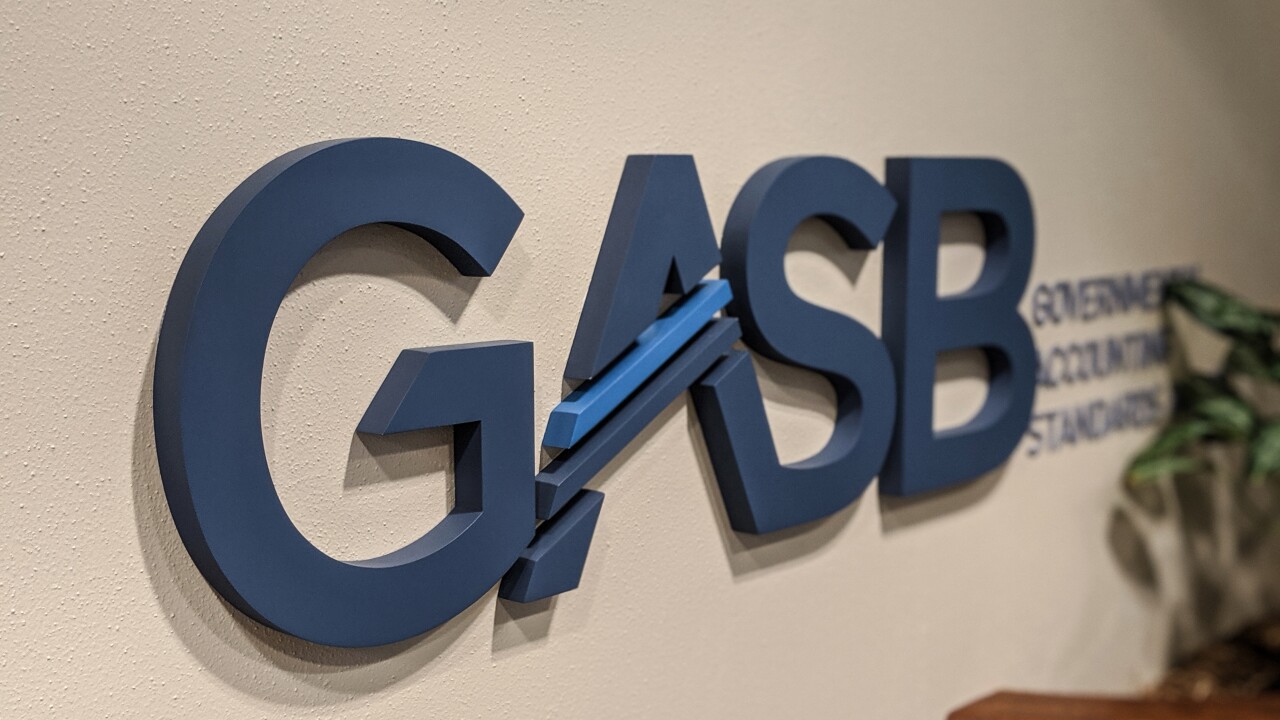
Traders thought the New York City deal was all too predictable, assuming heavy retail and muted institutional interest in the headline deal that concluded its pricing on Wednesday.
Instead, the market threw them a curveball.
After an unexpectedly lackluster retail order period on Monday and Tuesday, institutional buyers ran out of gate screaming on Wednesday, clamoring over the nearly $1 billion general obligation refunding deal.
Unable to lower the rates much further on the already aggressively priced short end, lead manager Bank of America Merrill responded by issuing an additional $80 million on the short durations.
"The average muni buyer watches CNBC too much, they're convinced the Fed is going to raise rates and that they need to protect themselves by investing in the short end," said a New York based trader, explaining the interest in shorter duration bonds.
The highest demand among institutional buyer today, however, was the belly of the curve, said the trader. That part wasn't priced as aggressively, so Bank of America was able to tighten these spreads up to five basis points for some maturities.
When the deal was complete, yields on the Series A GOs ranged from 0.35% on a 3% coupon in 2016 to 3.40% on a 5% coupon in 2034, according to data provided by Ipreo. The Series B was priced to yield 0.10% on a 25% coupon in 2015 to 3.65% on a 3.50% coupon in 2034. Bank of America increased the total deal size 8.8% to $980.05 million.
MIXED THOUGHTS ON RETAIL TURNOUT
Retail orders totaled $261 million during pricing on Monday and Tuesday, or 29% or the original deal size. The market had anticipated a higher turnout, closer to a third, or $333 million, according to traders.
Market participants said the deal may not have been as attractive to the average retail investors looking to buy and hold, because the structure was front loaded, with some of the largest tranches in the 5- to 10-year maturity range.
"It's a hard sell for a mom and pop retail investor," said a Midwest based trader.
The Mayor's Office of Management and Budget office was pleased with the retail purchasing.
"We don't judge the retail turnout by percentage of the overall deal, but by the absolute amount bought, which was above average," said Alan Anders, the Deputy Director for Finance at the city office. In the past two years, an average of $243 million was purchased by retail investors in any given New York City general obligation deal, according to Anders.
Ultimately for Wednesday's issuance, $261 million of the $980 million deal was sold to retail investors, he said.
Even with the high turnout in institutional, unsold balances remained in the 2020 and 2021 maturities, leaving Bank of America to underwrite about $150 million, according to the New York based trader.
"In a negotiated deal you ideally get the entire thing sold," said the trader. "New York's was fairly high, but avoiding this is typically why you'd go this way and not competitive."
UNEXPECTED POPULARITY
The deal's reception was the opposite of what market participants had expected. Given the deal's headline name but frequent issuance, traders expected the retail appetite to be insatiable while institutional buyers would shrug.
"For a mutual fund, the overwhelming majority of institutional buyers on this deal, it's a belly button deal — everyone's got one," said the New York trader.
After Wednesday's deal, New York City will have come to market three times in 2014, tapping the market for $2.525 billion, according to Anders. That frequency of issuing causes a saturation in the market, leaving mutual funds, even ones with New York state specific funds, to be less interested.
"If you're, say, the Fidelity New York muni bond fund, you probably already have a lot of New York City, TFA, water sewer and DASNY bonds because they're continually issuing," said a second Midwest trader. "Portfolio managers of those kinds of funds are going to me more inclined to diversify out into other, smaller issuers that don't come to market as often, something like a Westchester County."
As a result, those frequent issuers end up coming to market and trading at a discount compared to other similar entities, traders said. The smaller entities end up getting overvalued while the largest issuers, like the New York City appear undervalued.
"I've been buying and trading the big New York issuer paper for 20 year, it never tightens the way you want it to," said the New York based trader.
MARKET TIGHTENING
The Big Apple's GO deal also benefited from the market strengthening today after starting the week sluggishly.
Yields on bonds maturing between 2015 and 2030 were unchanged, except the 2024 and 2025 maturities, which fell one basis point in yield, according to Municipal Market Data's 5% triple-A scale. Yield fell one basis point on bonds maturing in 2031, two basis points on maturities from 2032 to 3037 and one basis point in 2038 and 2044. The 10-year benchmark closed at 2.413%.
Municipal Market Advisors reported a similarly subtle strengthening. The two-year was unchanged at 0.30%, while the 10-year and 30-year fell a basis point each to 2.15% and 3.33% respective, according to MMA's triple-A 5% scale.
Treasuries, meanwhile, strengthen more dramatically. The two-year dropped two basis points to 0.45%, while the 10-year and 30-year both fell three basis points to 2.43% and 3.24% respectively.





